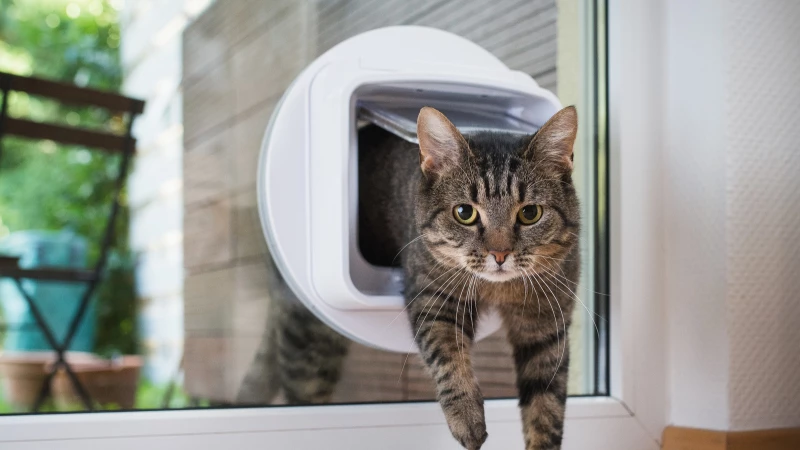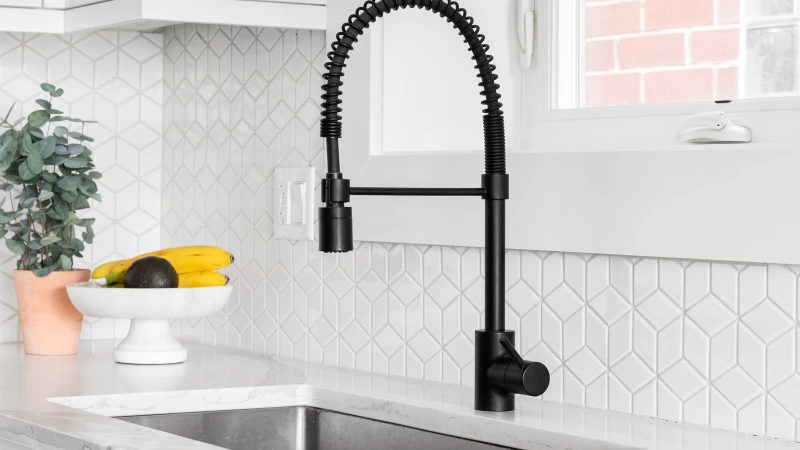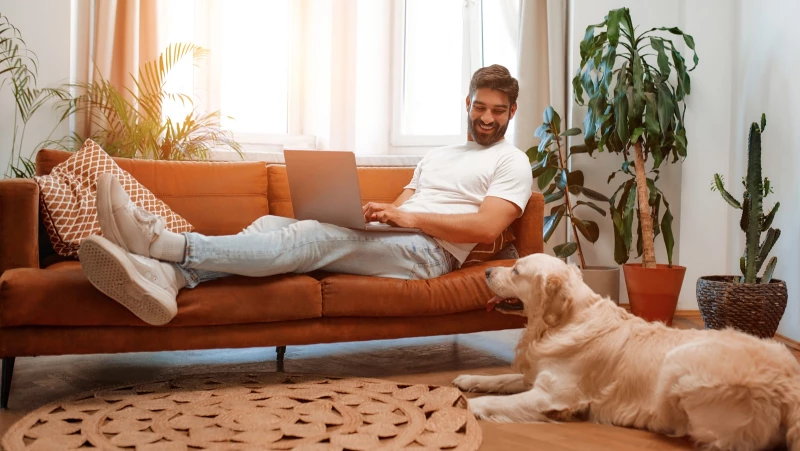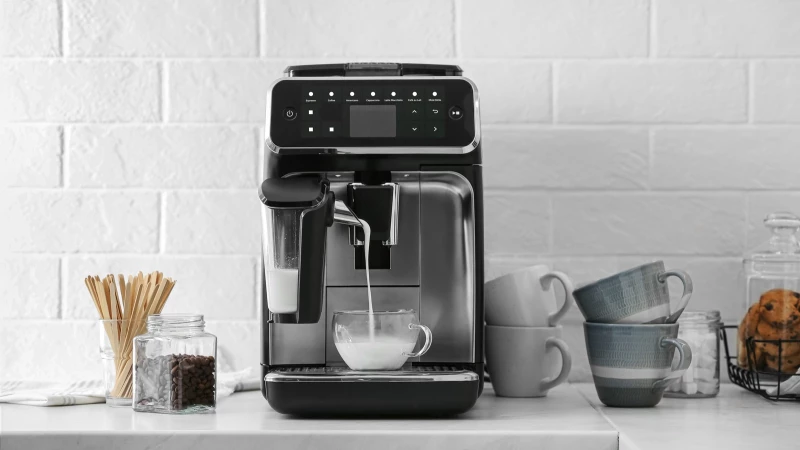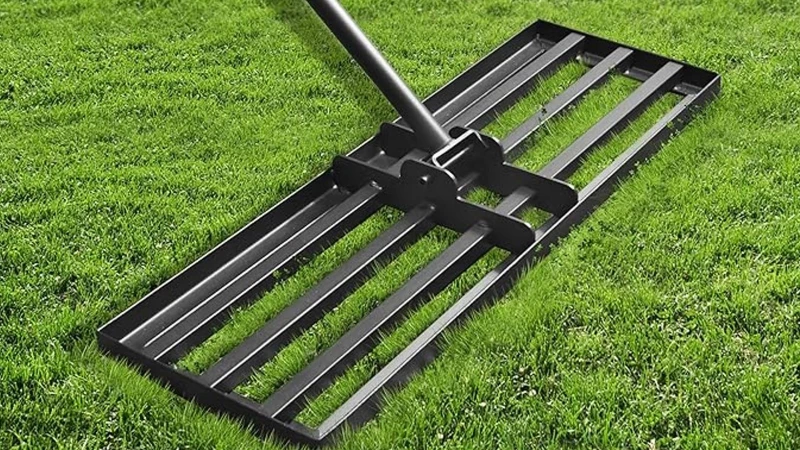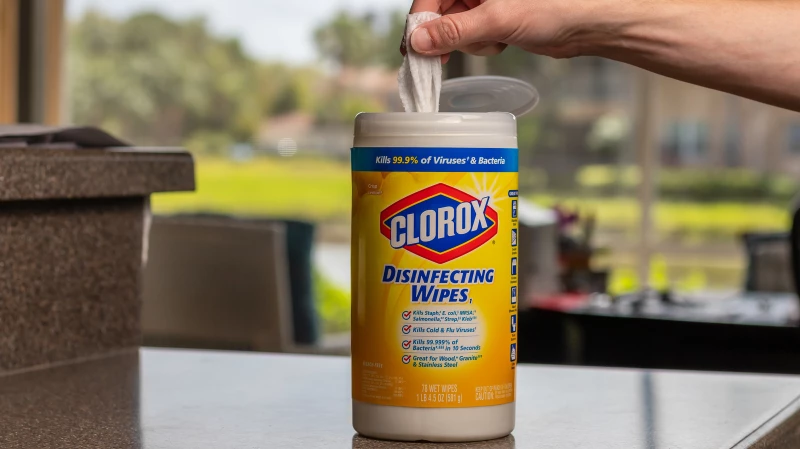The Convenience of Pet Doors: Are They Worth It?

Introducing a pet door to your living space can enhance its pet-friendliness by granting your furry companions the liberty to roam indoors and outdoors at their leisure. While traditional pet doors offer convenience, the emergence of electronic versions aims to optimize this feature. However, automatic pet doors come at a higher cost compared to standard vinyl flaps, prompting a deliberation on their value. On balance, the drawbacks of electronic pet doors seem to outweigh the benefits.
Creating a pet-friendly environment is crucial when sharing your home with pets, ensuring their comfort and well-being. Installing a pet door can simplify your routine, granting pets independence while minimizing the need for constant supervision. Despite the intended convenience, automatic pet doors may introduce more complications than solutions, raising questions about their practicality.
The main selling points for automatic pet doors are convenience and security. They work by opening after detecting a sensor on your pet's collar, which is very convenient for them. This is also good for security because only pets and animals with recognized sensors can make it through, while everything else stays out. However, there are potential "errors" when it comes to electronic pet doors.
A pet might get stuck or go through too quickly. Because the door is sensor-operated, they might also keep it open just by being in close vicinity to the door, which leaves the home open for other animals to come in. A needlessly open pet door also wastes energy generated by the heat or AC system. Your pet might need to get familiar with the door and how it operates, which can be frustrating for all parties involved and might take some time and training.
The costs involved
Because there's an added layer of automation, electronic pet doors naturally have a higher upfront cost compared to manual doors. At Home Depot, one automatic pet door can cost anywhere from $475 to $2,800. The product as well as the installation cost more financial resources, time, and expertise, especially when subsequent setup is required for additional features such as smart timers.
The impact of your door on your home's insulation and its ability to withstand exposure to different weather conditions is a crucial factor to consider. A poorly insulated door can lead to higher energy bills and may require early replacement if it fails to withstand rain or snow. Additionally, a pet door that relies on electricity can pose challenges during power outages, while battery-powered doors need regular battery replacements. On the other hand, manual pet doors are low-maintenance after the initial installation.

